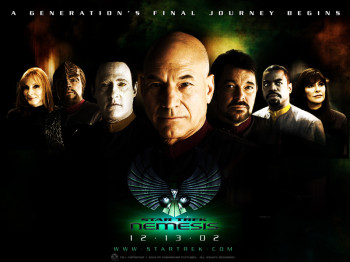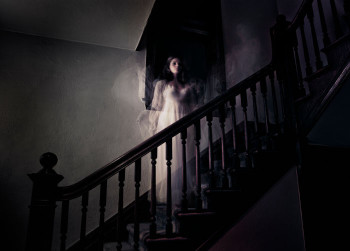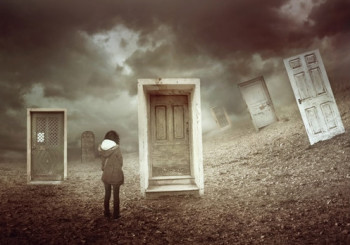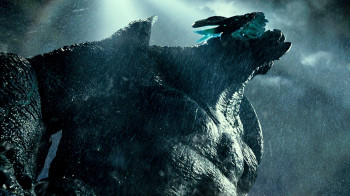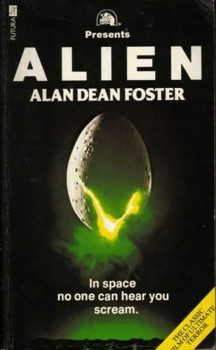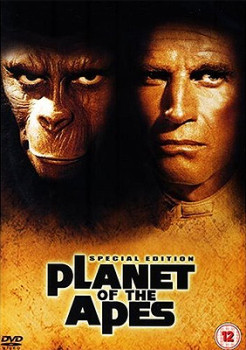Why I’m Here – Part One
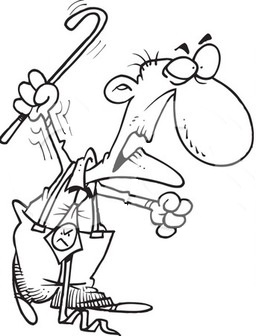
A couple of times this past summer I felt really old. Somehow the classic sci-fi/fantasy books I grew up reading weren’t well known to younger readers (really, you don’t know who Manly Wade Wellman is?!?) or even all that important anymore. In the forty-year span of my sci-fi and fantasy reading life, the genres’ audiences had changed.
Now you could be a sci-fi reader without having read Dune or planning to ever read it. Roger Zelazny’s Chronicles of Amber was “shockingly discordant and unsatisfying to actually read all the way through.” This was nuts — cats-and-dogs-living-together nuts.
After my brain stopped spasming and cooled off a little, I started to actually think. Sure, there are certain — I’d say canonical — books important to the development of fantasy and sci-fi. But if you haven’t read them will somebody revoke your fandom card? If you don’t like the books I like, does that make you less discerning than I? I doubt it.
Besides, discerning is not a word I’d use for a lot of my own book choices. I mean, there’s a certain Lord of the Rings ripoff homage published by Ballantine in 1977 that I, along with the whole fantasy-reading audience, went nuts for. (You had to be there when fantasy pickings were meager.) I still love The Sword of Shannara today. It doesn’t get less discerning than that.
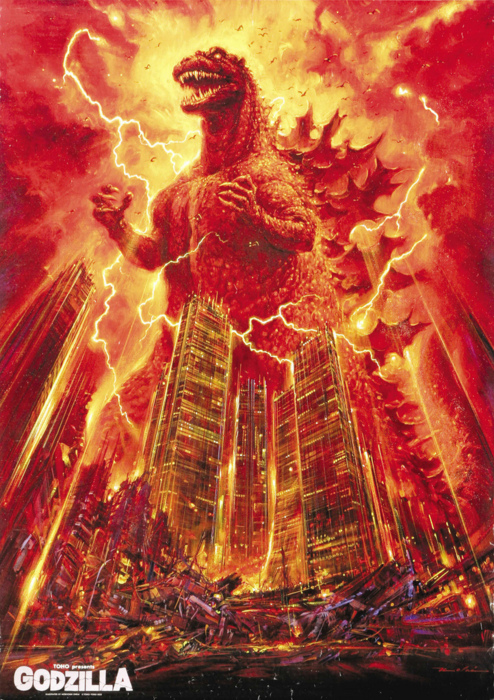
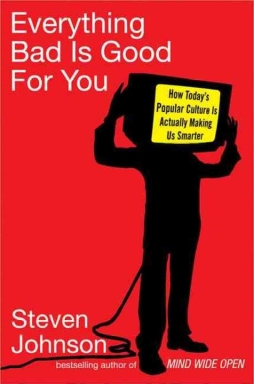 There’s a certain kind of structure I’ve lately begun to notice in certain novels. These books read like puzzles, telling one story directly and overtly while implying a second story, or highly variant reading of the first story, through carefully-placed gaps, contradictions, and seemingly-irrelevant details. Throwaway references in highly-disparate points of the book might imply a completely different way to read at least the plot and often the tone or theme. It’s something Gene Wolfe does a lot; other examples I’ve noticed lately are
There’s a certain kind of structure I’ve lately begun to notice in certain novels. These books read like puzzles, telling one story directly and overtly while implying a second story, or highly variant reading of the first story, through carefully-placed gaps, contradictions, and seemingly-irrelevant details. Throwaway references in highly-disparate points of the book might imply a completely different way to read at least the plot and often the tone or theme. It’s something Gene Wolfe does a lot; other examples I’ve noticed lately are 